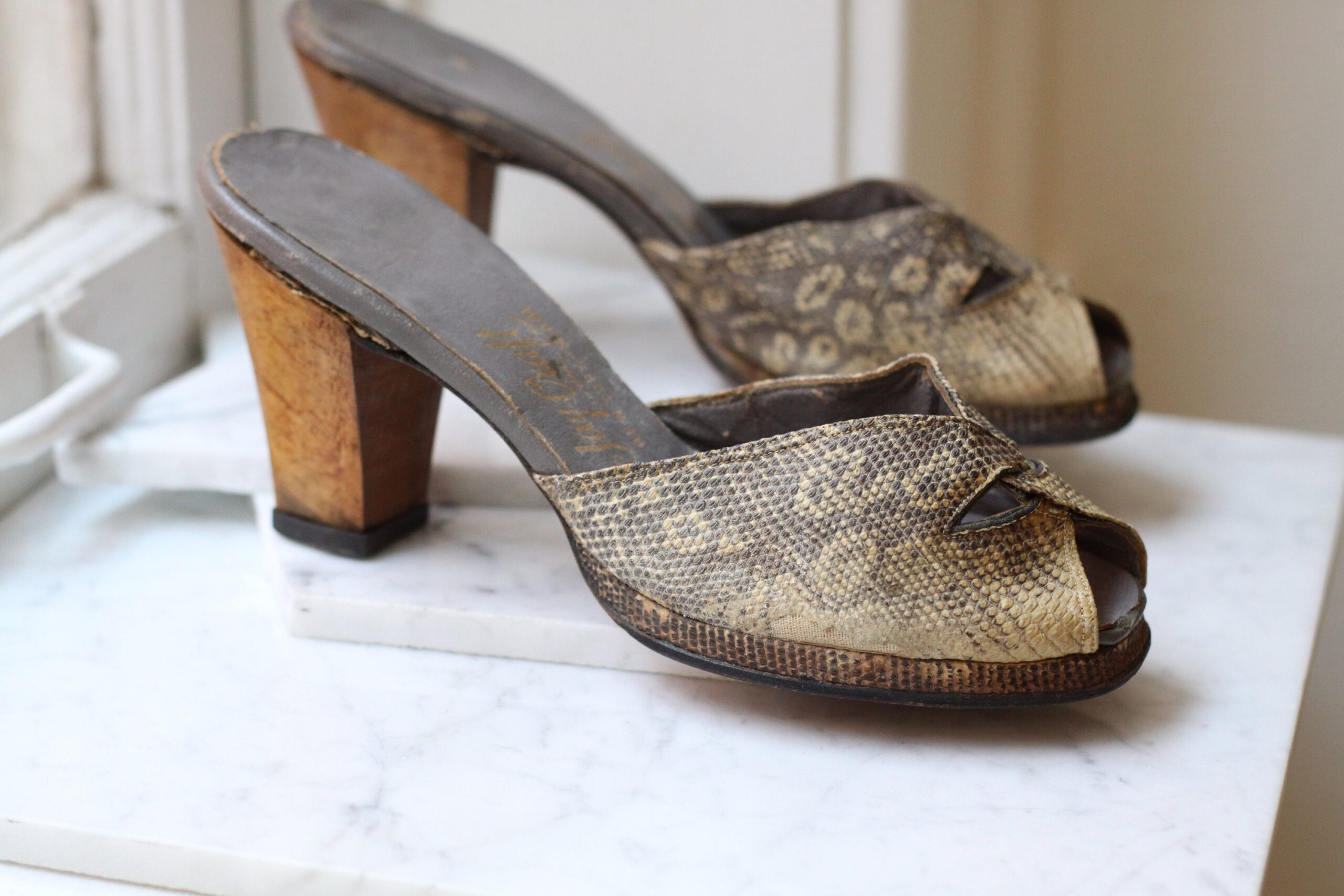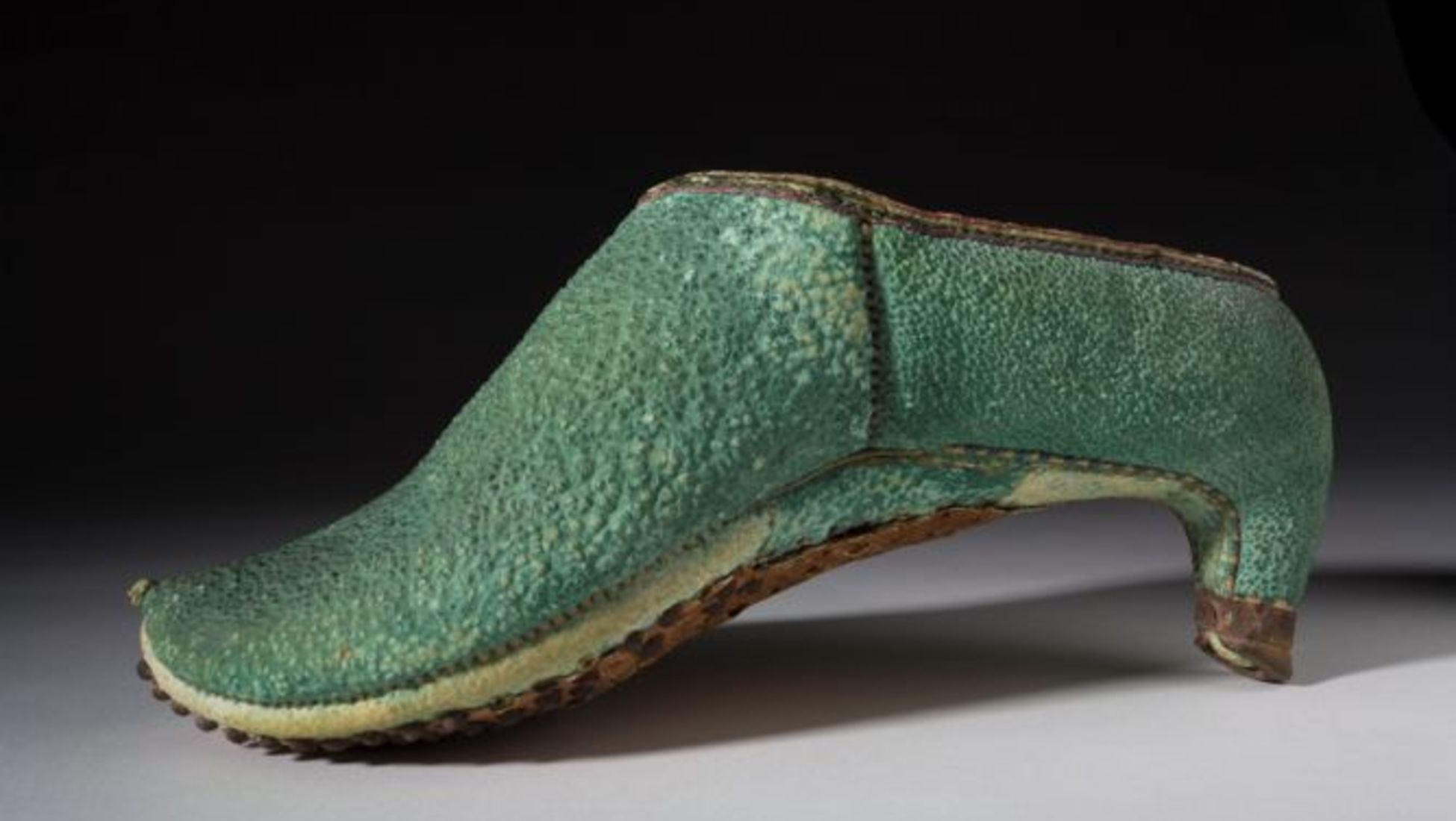High heels are now a staple piece in many women’s wardrobe. They are worn to elongate legs, dress up an outfit, and even give the illusion that a woman is taller than she actually is. Heels come in all shapes and sizes and though they may often be regarded as uncomfortable, are undeniably present in modern day society.

Did you know that women in the 1700’s used high heels as a way to make their feet appear smaller?
Women in the 1700’s used high heels as a way to make their feet appear smaller. The beauty standard of the time was that women were seen as more beautiful with smaller feet.
Fashion trends involved long, floor-length skirts and dresses at the time which covered most of their feet while wearing heels allowing women to appear to have smaller feet than they would while wearing flat shoes. Until the end of World War II heels were known to be chunkier.
The 1940’s and 1950’s saw the increased stability of the heel.

Wartime technology helped popularize the modern day stiletto heel during this time by allowing fabricators to utilize their metal in heels. The use of steel allowed the shapes of heels to change.
High heels could now be thinner than they were previously, as before this time heels were generally made of wood so they could not be as thin as many of the heels we see today while still supporting the weight of a woman.
Throughout the decades heels have evolved to fit different occasions and styles. With fashion trends changing from season to season, the high heel is a closet staple that has truly stood the test of time.
How did the high heel first make its way into a women’s wardrobe?
The high heel did not originate to be worn by women as they are now, but rather as a man’s shoe. They were most popular with kings and other noble and wealthy men long before they were ever adorned on women’s feet. One common theory is that high heels were developed as a method of straddling stirrups for equestrians.
Cowboy boots today still have low heels allowing for better stability.
In previous centuries, the heel allowed men to stand up in their stirrups and better utilize their weapons during war.
Heels used for this purpose date back to the Persian Empire in the 10th century.

Initially the creation of the modern high heels was a great cause of concern with warnings and health foreboding about the complications of wearing the high heels. But with time people are starting to accept that although there are complications, they weren’t serious enough for them to completely give up the usage of high heels.
The evolution of heels
Women in the 1700’s used high heels as a way to make their feet appear smaller. The beauty standard of the time was that women were seen as more beautiful with smaller feet.
Fashion trends involved long, floor-length skirts and dresses at the time which covered most of their feet while wearing heels allowing women to appear to have smaller feet than they would while wearing flat shoes.
Until the end of World War II heels were known to be chunkier.
The 1940’s and 1950’s saw the increased stability of the heel.
Wartime technology helped popularize the modern day stiletto heel during this time by allowing fabricators to utilize their metal in heels. The use of steel allowed the shapes of heels to change.
High heels could now be thinner than they were previously, as before this time heels were generally made of wood so they could not be as thin as many of the heels we see today while still supporting the weight of a woman.

Throughout the decades heels have evolved to fit different occasions and styles.
With fashion trends changing from season to season, the high heel is a closet staple that has truly stood the test of time.

